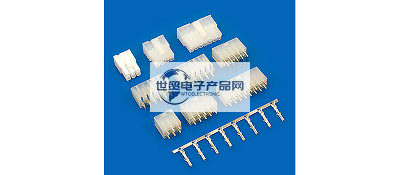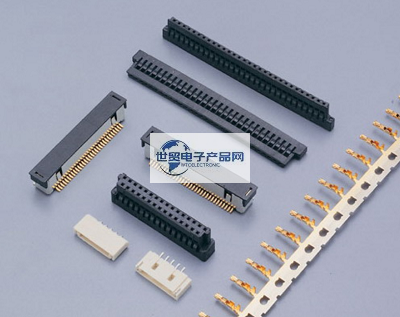Categorization:Product Information
Humidity is one of the three main factors that cause and accelerate the corrosion/oxide film formation process, the other two factors being temperature and corrosive particles or gaseous particles. Two types of test methods for electrical connectors in humid environments have been developed. 1. Testing in steady-state humid environment. 2. Testing in humid environment under temperature cycling conditions. Testing in steady-state humid environment. Testing in steady-state humid environment refers to the test carried out in an environment with constant temperature and relative humidity (RH). It is usually regarded as a test in a static environment, and the effect obtained by this test is limited. It is mainly manifested in the following aspects: 1. Determine the sensitivity of plastic materials to thermal expansion, hygroscopicity and dimensional stability; 2. Determining, by limited means, the extent to which the electrical connector system is affected by oxidation processes in humid environments; 3. Determine the potential for surface deterioration of plastic housing. The two commonly used test conditions for this test are a combination of temperature of 40 °C and 95% relative humidity (RH) and a combination of temperature of 85 °C and 85% relative humidity (RH).

------------------------------------------------------------------------------------------------------
Test in humid environment under temperature cycle conditions. Test in humid environment under temperature cycle conditions is a test in dynamic environment. It is fundamentally different from steady-state testing in that its temperature cycles between two limits under high humidity conditions. This test method is more commonly used to reveal or detect the following potential deterioration factors. Determine the sensitivity of housing materials to thermal expansion, hygroscopicity, and dimensional stability. Through limited methods, it is possible to determine the extent to which electrical connector systems are affected by oxidation processes in humid environments. The degree to which contact surfaces are affected by wear (because humid environments can accelerate the oxidation process) corrosion in thermal cycling environments. Oxidation process of contact materials and abrasive debris or particles attached to their surfaces in humid environments. More stringent test conditions commonly used for temperature/humidity testing Condition 1 is used for testing where test conditions are controllable and shielded. Conditions 2 and 3 are used for testing in a shielded environment where the testing conditions are not controllable. The time of cycle testing is typically random and the time of residence at high and low temperatures is substantially equal. If the equipment (DUT) used in the test process has established a response law to heat, its cycle may be carried out at a faster speed. Its limited requirement is that the DUT can reach thermal equilibrium within the expected time in each cycle. The study of conventional cycles for special occasions may be limited due to the required conditions that are difficult to meet in the actual environment in which they are used, because when the temperature is below 5 °C or above 100 °C its humidity is absent, the number of temperature rises may be increased and the number of temperature falls will be reduced. Depending on the purpose of the test performed, the method of its durability test may also vary. Standard durability tests are as follows: 1-48 to 96 hours: Testing in a steady-state moist environment. 2-240 hours: Tested in a humid environment under temperature cycling conditions. 3-500 to 1000 hours: Tested in a humid environment under temperature cycling conditions. Among them, test condition 1 is used to evaluate the plastic, and test condition 2 is used to evaluate the plastic and determine whether there is a major catastrophic problem. Test Condition 3 is used to determine whether the product being tested is affected by the failure of its mechanical properties over time (e.g. oxidation and/or abrasion corrosion phenomena in humid environments). If its durability is less than 300 hours, it is considered to promote its functional failure over time under these temperature conditions. Insulation resistance (IR) is used as an evaluation of plastic housing performance. The resistance (CRCR or LLCR) is used as an assessment of the contact surface and the stability of electrical properties.

---------------------------------------------------------------------------------------------------------------------------------------------------------------------------------------------------------------------------------------------------------------------------------------------------------- If you have related [connector wiring harness and cable products] purchasing/purchasing needs or want to purchase/understand which connector wiring harness and cable product solutions we can provide, please contact our business staff below; If you have related [Connector Wiring Harness Cable Products] sales/resources and promotion needs, please click "→ Business Cooperation ←" to negotiate with a dedicated person!